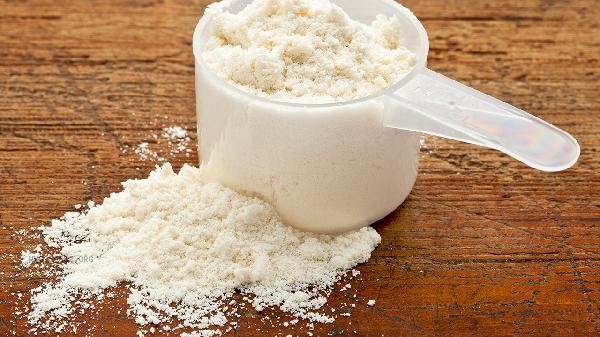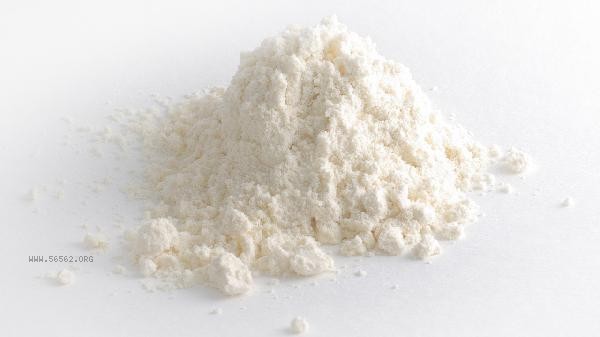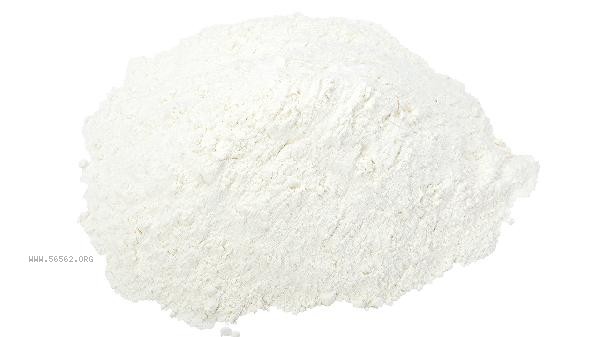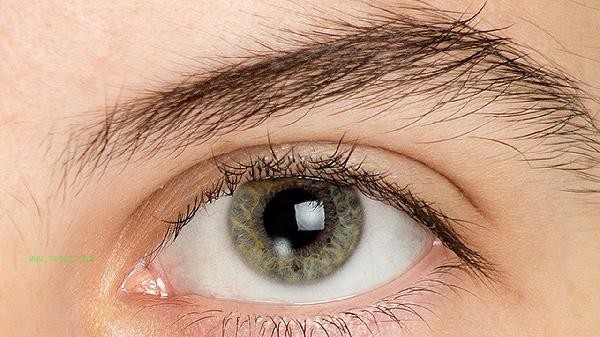β - nicotinamide mononucleotide and nicotinamide are two different substances, with the former being a derivative of the latter and exhibiting significant differences in function and application. β - nicotinamide mononucleotide mainly exerts anti-aging effects by participating in NAD+synthesis, while nicotinamide participates in energy metabolism as an active form of vitamin B3.

1. Molecular structural differences
β - nicotinamide mononucleotide is composed of nicotinamide, ribose, and phosphate groups, and belongs to the nucleotide class of substances. Niacinamide only contains pyridine carboxylic acid amide structure and is a direct metabolite of vitamin B3. This structural difference leads to completely different absorption pathways and mechanisms of action between the two in living organisms.
2. Different metabolic pathways
β - nicotinamide mononucleotide is directly converted to NAD+through salvage synthesis pathway, which can rapidly increase intracellular NAD+levels. Nicotinamide needs to undergo multiple enzymatic reactions to generate NAD+, and the conversion efficiency is limited by the activity of NAMPT enzyme. This metabolic difference makes β - nicotinamide mononucleotide more advantageous in the field of anti-aging.
III. physiological Function Focus
β - nicotinamide mononucleotide mainly activates SIRT family deacetylases, regulates mitochondrial function and DNA repair. Niacinamide is more involved in redox reactions, maintaining the skin barrier and energy metabolism. Experiments have shown that β - nicotinamide mononucleotide has a more significant regulatory effect on telomere maintenance and cellular aging.

4. Differences in Application Scenarios
β - nicotinamide mononucleotide is commonly used in anti-aging supplements and cell protection research, but its stability is poor and requires special formulation processes. Niacinamide is widely added to skincare products and food fortifiers, and has a clear improvement effect on photoaging and acne. The two are often used in combination in cosmetics to enhance efficacy.
Fifth, Safety Threshold Difference
The daily tolerable upper limit of nicotinamide is 900 milligrams, and excessive intake may cause skin flushing and liver damage. There is currently no established safe limit for β - nicotinamide mononucleotide, but clinical studies have shown that it is well tolerated. When using products containing these two ingredients, sensitive muscles need to undergo local testing first. In daily care, nicotinamide is more suitable for long-term use as a basic skincare ingredient, and it is recommended to supplement β - nicotinamide mononucleotide periodically under professional guidance. Paired with skincare products containing vitamin B and antioxidant ingredients, it can synergistically enhance cellular energy metabolism efficiency. Be careful not to use it together with acidic components, and store it away from light and moisture to maintain its activity.









Comments (0)
Leave a Comment
No comments yet
Be the first to share your thoughts!